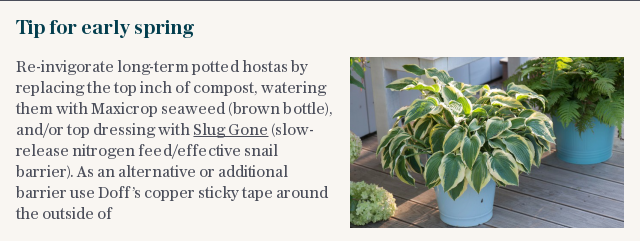Helen Yemm: moss is boss in my lawn, a yucca with spots, rose-pruning for beginners

MOSS VERSUS LAWN
I would like your advice on the best way to treat moss in a largish, south-facing lawn partially shaded by trees. For three consecutive years from 2014, I employed a specialist lawn contractor. Last year, I gave up and just fertilised the grass myself. The moss is as bad as ever. What shall I do?
Janet Graham – via email
At the risk of upsetting a lot of perfect-lawn-ists (and possibly your good self) I am going to say “not much” (apart from perhaps to try to reduce the shade from trees if feasible, and keep the grass in good nick by continuing to feed it twice a year, spring and autumn). You could, of course, return to the arms of your contractor, with all his powerful chemicals and machines, but you may still need to cultivate a seriously blind eye during the dank winter months.
Along with an increasing number of garden lovers who could be considered a bunch of lazy imperfectionists, I view the search for the holy grail in the form of a moss-free lawn as a bit of a waste of time, if not downright masochism.
All it takes is a change of attitude: moss is a virtually indestructible life form and, in our climate, which is in so many other ways an absolute gift for which British gardeners should be forever grateful, it will always show up when conditions allow, ie every autumn/winter, on damp and shady lawns, particularly those on acid soil.
Moss is beautifully green during otherwise dismal months when grass may be barely there. Then, as clocks change, the lawn grass starts to perk up. And just as the moss dies back (so that we hardly notice it anyway), along come all the flowers to distract the eye. Nature at its kindest and most brilliant.

A SPOTTY YUCCA
My yucca has been attacked by a fungus and looks beyond help. I plan to replace it after scrubbing the container and surrounding area with soapy water, using fresh compost and gravel. What else can I do to ensure that the replacement plant does not go the same way? My roses got black spot last year. Is there a connection?
Derek Gregory – via email
Your yucca does indeed seem to be suffering from fungal leaf spot (brownish spots with black centres on many of the bladelike leaves, some of which are clearly dying).
The disease is probably compounded by winter-wet roots: Yuccas need immaculate drainage and, ideally, some winter protection. All the scrubbing and washing is a good idea, as is fresh, very free-draining compost (John Innes No 3, with fine grit added). A preventive treatment of the new plant with a systemic fungicide (e.g. FungusClear Ultra) might be a sensible move.
As for your contagion hunch: there are a vast number of different fungal leaf diseases all spread by spores in the air, and I understand that each is specific to a plant family. Fungal diseases attack basically unhappy plants, however, and roses are fussy: concentrate on dealing with the black spot by keeping the plant healthy, by pruning (branches with purple streaks are infected – cut back any that you see), and feeding (Toprose or equivalent). Fungicide treatment (as for the yucca), repeated as often as the instructions allow, is essential.
AN OVERGROWN RUGOSA ROSE
I have a glorious bush rose (label indecipherable), planted about 10 years ago but never pruned. It is now about 6½ft (2m) tall, but still flowers profusely on the tips of its branches. If I cut it back a lot will it no longer flower? Can you please advise?
Doug Howell – via email
Looking at your accompanying picture, I observed crinkly, coarse leaves on numerous finely prickled stems: your rose is clearly a rugosa of some sort. Rugosas are a mixed bunch but all are remarkably disease resistant, with highly scented flowers and, in most cases, very decorative hips. Some rugosas are grafted on to vigorous wild rootstock (from which alien-looking suckers occasionally appear that should be ripped off, not snipped off, at source). Others are naturally suckering and form a thicket of stems that together form a usefully impenetrable flowering hedge. Your rose appears to be one of the former, and has not produced wild suckers, for which be thankful.
All rugosas can be pruned quite hard if needs be – down to about half their existing height – and any dead wood and skinny lower growth should be pruned out too. And don’t worry, the remaining stout stems will produce a succession of flowers (perhaps a little later than usual) on the tips of whatever grows in the coming season.


